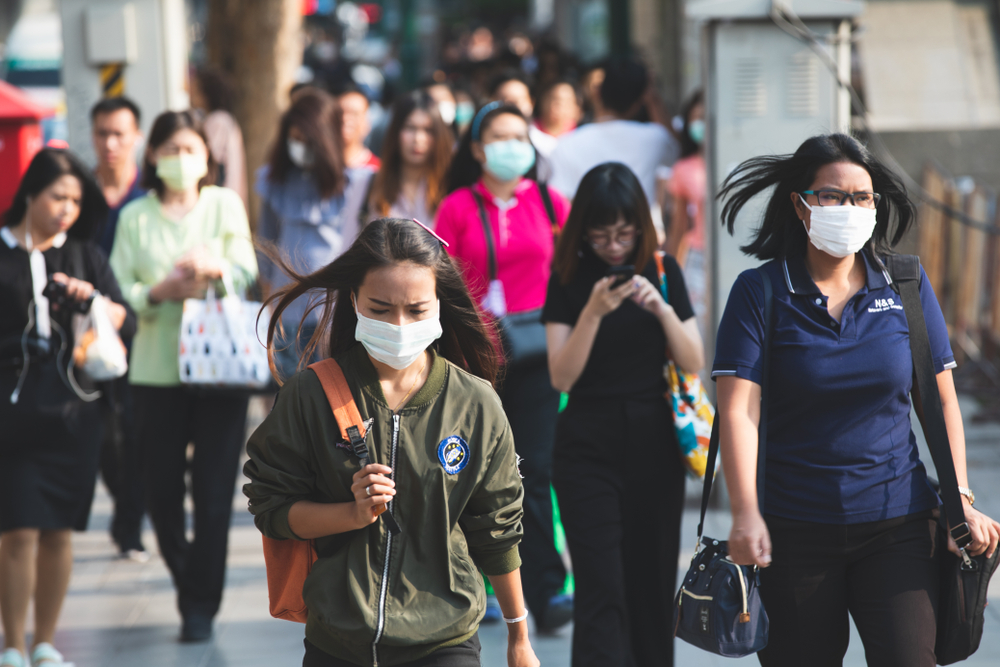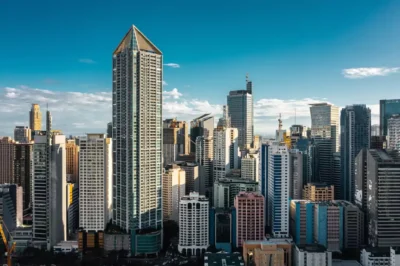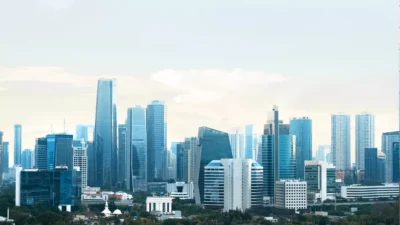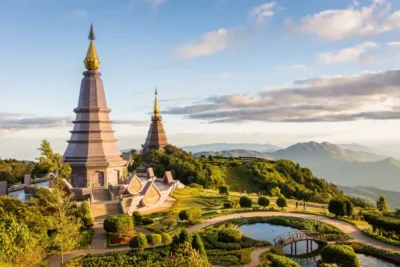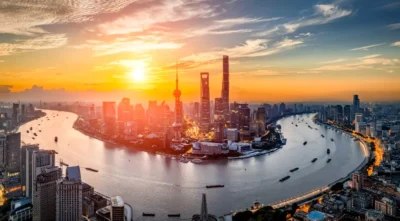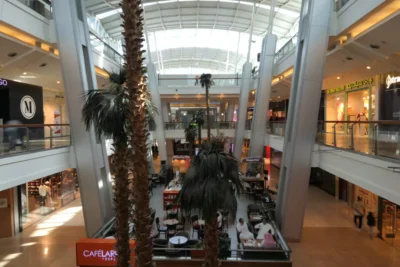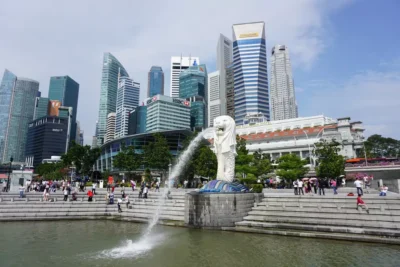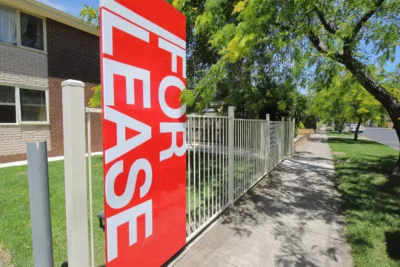The state of zero-carbon development in Asia
Zero-energy building projects need to go beyond one-off showpieces
Bangkok made international headlines at the start of 2019 when nearly 450 schools across the capital were forcibly closed as a result of air pollution. Throughout January and February, PM2.5 dust particles—air matter so small it cannot be blocked by regular face masks—clouded the city’s horizon as the Air Quality Index dipped permanently into the red: “Unhealthy.”
Low winds and stagnant weather conditions emphasised the toxic results of a city where traffic fumes and large-scale construction projects go unchecked. The atmosphere in Bangkok highlighted policy failures across the region when it comes to environmentally friendly development. “A huge gap currently exists between the measures that developments are willing to introduce and those that are required to create genuinely zero-waste development,” says Cha, who believes any goal other than “net-zero energy consumption” is simply stalling the inevitable.
While Asia continues to slowly adapt to leading international energy consumption standards like LEED and BREEAM, other parts of the world are proving that zero-energy development is possible. In California, hopes are high that the state will introduce 100,000 new zero-energy homes by 2020, setting an example for future development everywhere. In 2017, developer De Young Properties began construction of three communities near Fresno slated to be among the first net-zero energy homes in the state.
More: Innovative firms blaze trail for sustainable real estate in Asia
“We need to follow what California is doing by requiring all residential units to be net-zero energy,” says Cha. “We must drive down our GHG emissions emitted from buildings to battle pollution and climate change. Buildings must also have systems to approach zero water and zero waste.”
So far, however, he doesn’t believe that any development in the APAC region has gone as far as it can in reducing its energy footprint. “I’ve been searching, but so far in Asia, I have not been able to find any examples that I would be proud to report,” Cha says. “There are some initiatives here and there, but the buildings still consume a lot of energy.”
Precedents for zero-carbon emission Asian developments have so far been limited to one-off showpieces. As far back as 2012, Hong Kong’s Construction Industry Council (CIC) built the island’s first carbon-neutral show-home in Kowloon Bay. Designed by Hong Kong architect William Lim, managing director of CL3, the Zero Carbon Building (ZCB) replicated a typical Hong Kong apartment in layout but with innovative solutions like a floor that harvests energy as you walk on it, a bed that stores cool air throughout the day, and veneers made from banana leaf.
More: Meet the sustainability guru pushing Asia’s green building agenda
However, markets like Hong Kong—small, developed, and with high capital—only go to emphasise the wider challenges facing the region as a whole. “The problem we face in Asia when you get outside of the most developed markets like Korea, Japan, and Singapore is we’re developing solutions for the developed world and trying to sell them to people with a half or a quarter of the budget,” points out Anderson.
While Asia still lacks any substantive moves towards a zero-waste future, it does have regions that are leading the way for civic development. Taking into account healthcare, education, the environment, policing, and economic growth, The World Economic Forum’s Global Competitiveness Report for 2017-18 ranked Hong Kong, Japan, and Singapore as having among the best infrastructures in the world, at par with Sweden and Germany. If any cities are ripe for proposing progressive, zero-waste building legislature, then these are them.
Meanwhile, emerging economies from Bangkok to Jakarta to Delhi to Yangon plough ahead with rapid development at the expense of tangible environmental future planning. Thanks to a 16-kilometre southerly wind, the air quality in Bangkok was out of the red as of late February 2019. Until substantive government legislation strives towards zero-carbon footprint development, the future quality of life for cities like Bangkok hangs in the balance of a moderate-to-light breeze.
This article is the fifth in a five-part series. It originally appeared in Issue No. 153 of PropertyGuru Property Report Magazine. Read the first, second, third and fourth parts
Recommended
Philippine real estate sees growth in regional markets despite challenges in Metro Manila
Amid pressures, developers and investors are capitalising on a range of opportunities to drive growth in the nation's real estate sector
Bali leads the charge in Indonesia’s rental boom while other regions struggle to keep pace
The rental market is soaring in Bali due to its rich cultural heritage and island charm, while other regions of Indonesia are experiencing less success
Rental markets surge in Asia as digital nomads find new opportunities with visa reforms
As countries in Asia roll out customised visa programmes, rental markets are thriving with the influx of remote workers
China’s hospitality market thrives as developers sell off assets to spark recovery
China’s indebted developers are divesting hospitality assets to generate growth and enhance the outlook of the country’s real estate market

